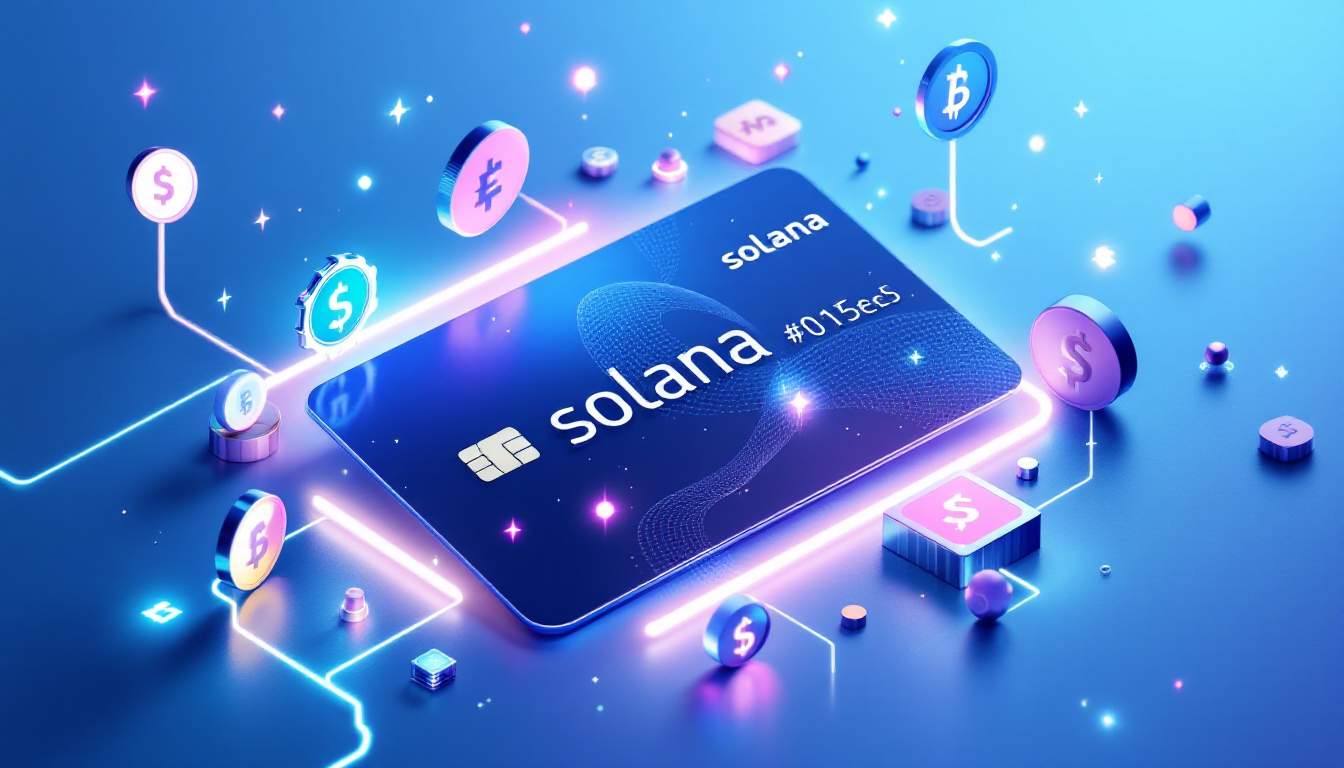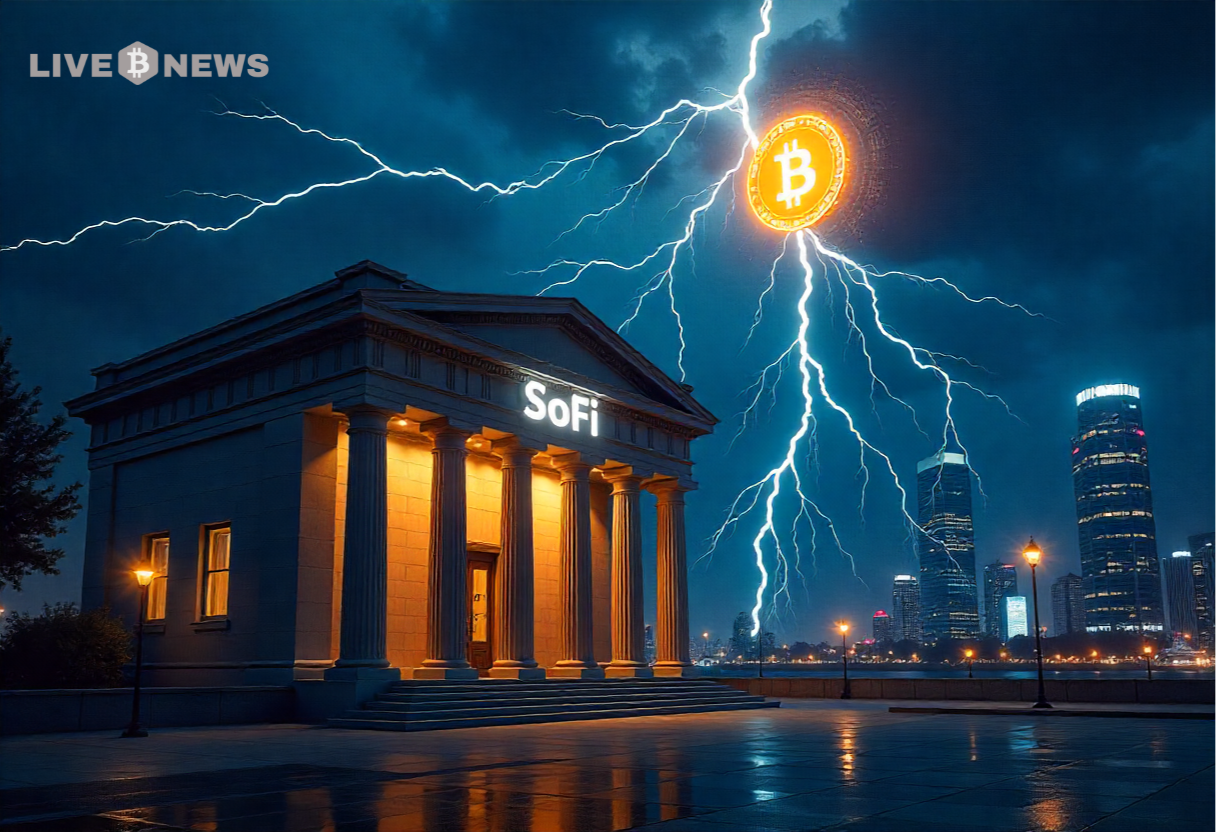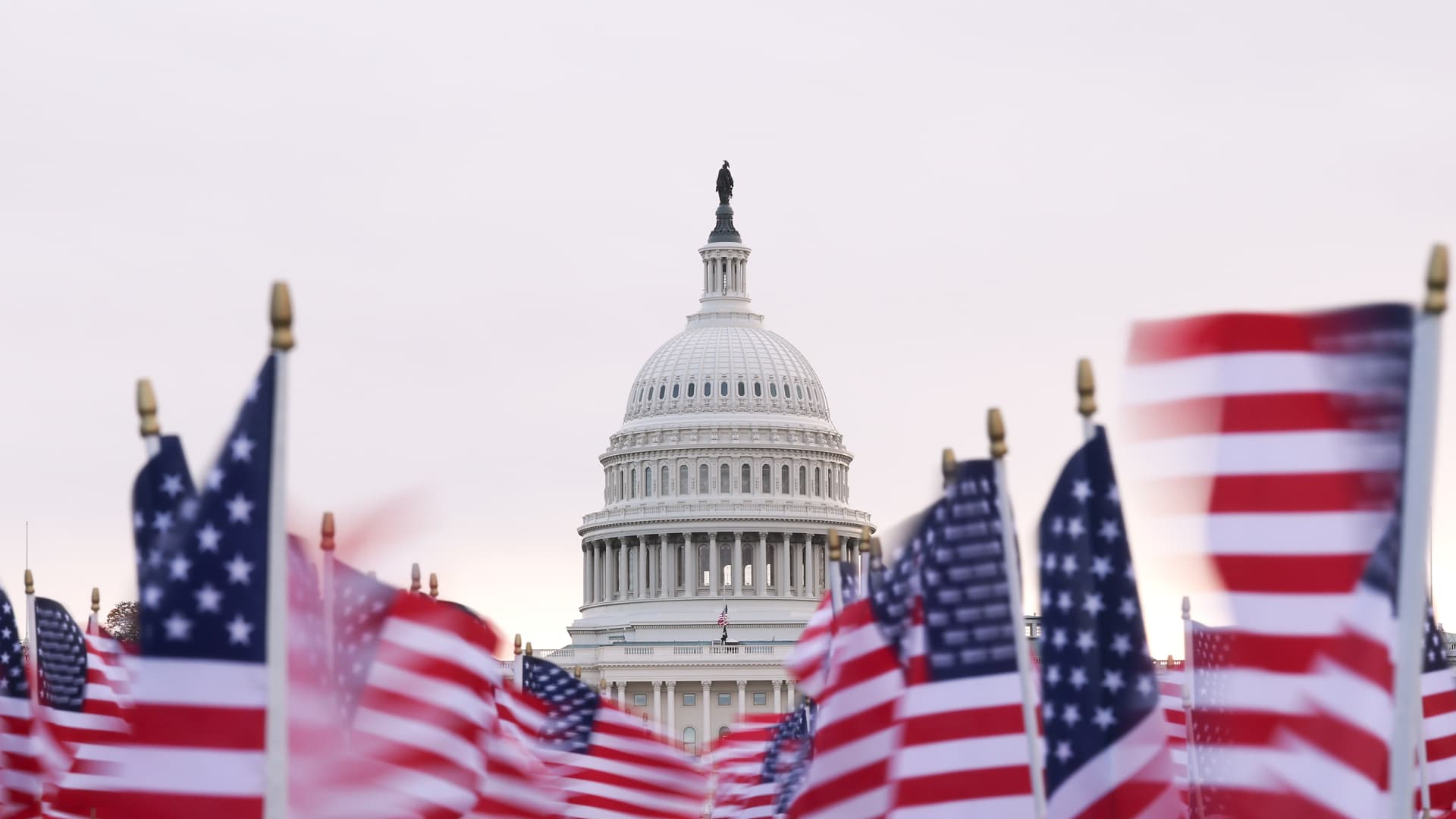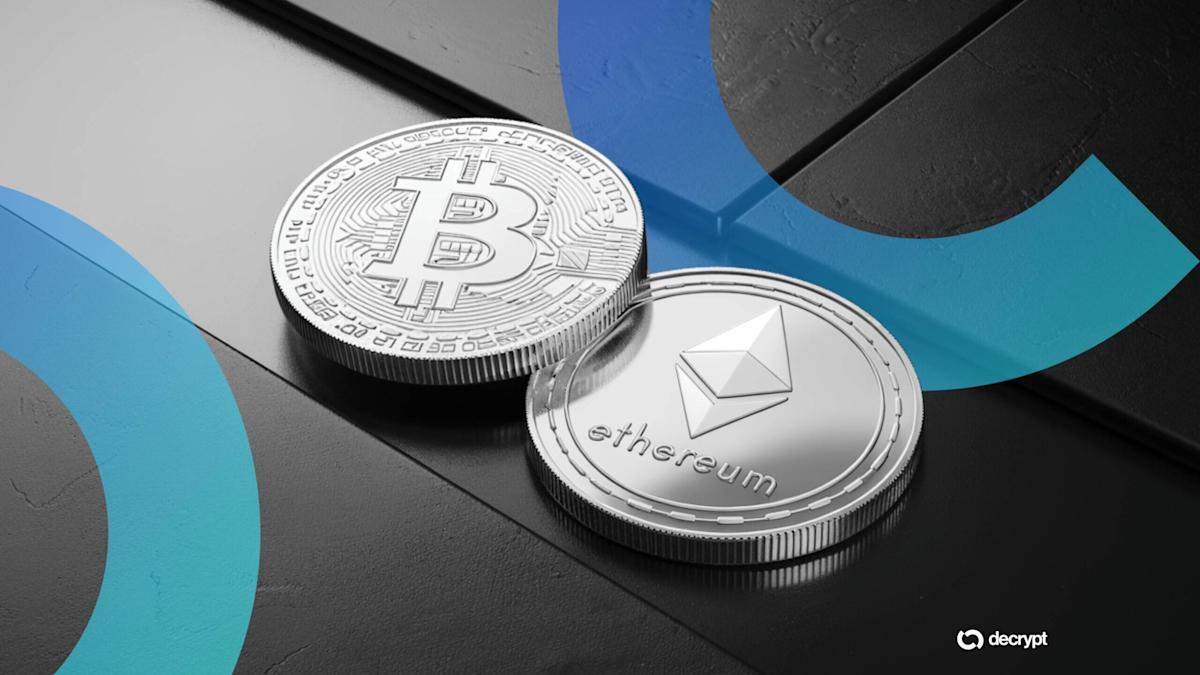The world of cryptocurrency is evolving rapidly and the introduction of the Solana payment card could be one of the biggest changes yet. This new card is designed to allow users to make direct payments in crypto, avoiding the need to convert currency to fiat. If successful, this could greatly improve convenience and access for people around the world. Let’s take a closer look at what this card entails, the potential regulatory hurdles it could face, and how it looks like a direct challenge to conventional banks while helping to build public confidence in crypto payments.
Solana’s payment card takes shape
Often called SolCard, this new payment card aims to allow users to spend SOL tokens and other Solana-based assets directly at point-of-sale terminals. By allowing crypto transactions without any conversion, Solana promises a more streamlined experience, saving users time and money in transaction costs. The card’s integration with mobile wallets and its Tap-to-Pay option could make it an attractive alternative to traditional payment methods.
The benefits don’t stop there. We seek instant settlements and low fees, coupled with the ability to transact globally without relying on the traditional banking system. Solana could well become a pioneer in the global payment platform game. Plus, cashback rewards in SOL or stablecoins? This is a compelling reason for potential users to start using the card for their daily transactions.
Regulatory nightmare? Prepare for scrutiny
Although this payment card has a lot to offer, the road ahead will not be easy, especially when it comes to regulation. The EU is actively working on comprehensive crypto regulation, with frameworks such as Markets in Crypto Assets (MiCA) aiming to provide regulatory oversight of crypto assets and the businesses behind them.
Since the Solana payment card allows direct crypto transactions, you can bet that regulators will be closely monitoring its operation. This increased scrutiny could complicate the card’s adoption and functionality by imposing stricter compliance standards around anti-money laundering (AML) and know-your-customer (KYC) regulations. Solana will need to carefully navigate this regulatory maze to ensure the protection of its users and the stability of the market.
A direct attack on traditional banks
Could the Solana payment card also disrupt traditional banking? Absolutely. If it enables peer-to-peer transactions without the need for intermediaries, it could significantly reduce the market hold of established payment networks like Visa and Mastercard. We could be on the verge of something revolutionary if this card could handle more than 65,000 transactions per second. That’s blazing fast for processing transactions.
Connecting the card to stablecoins would allow retailers to accept payments without the widespread volatility often seen in cryptocurrencies. In some ways, this could boost consumer confidence and encourage greater acceptance of crypto payment methods, especially in places where banking is a luxury that few people enjoy.
Building Market Confidence and Crypto Payroll Platforms
But there is more. This card could also boost the crypto payroll industry, especially in Asian countries and emerging markets. With its help, converting to fiat currency and achieving rapid settlements will be seamless, reducing barriers for businesses and employees wanting to trade cryptocurrencies. This is particularly relevant as demand increases for crypto payroll platforms that allow payroll to be issued in stablecoins.
As businesses prepare for blockchain payments, the Solana payment card could serve as a bridge connecting crypto assets to everyday spending. Additionally, it could promote financial inclusion for the unbanked and underbanked, bolstered by the rise of Web3 banking and DeFi, as businesses seek to capitalize on blockchain for smoother payment processes.
Summary: The future of payments is revealed
So here we are, faced with what appears to be a monumental shift in the payments landscape. The Solana Payment Card could potentially change the way we execute transactions. Overcoming regulatory hurdles will be crucial, but if it can successfully overcome them, it could usher in a new era in payments. With the official launch on the horizon, it feels like everyone is on the edge of their seat, wondering what ripple effect the Solana card will create in the future of payroll and payments in our crypto-centric world.










